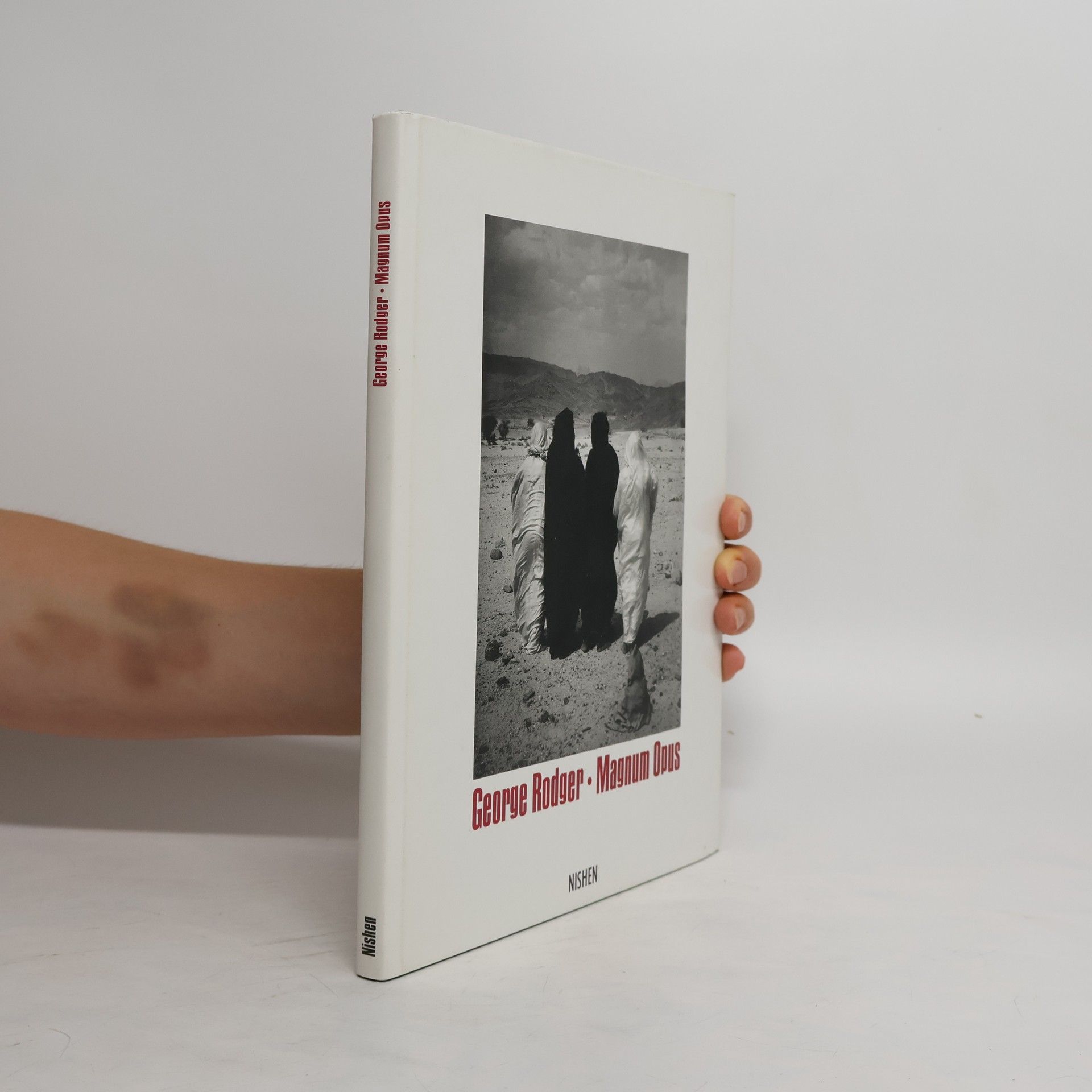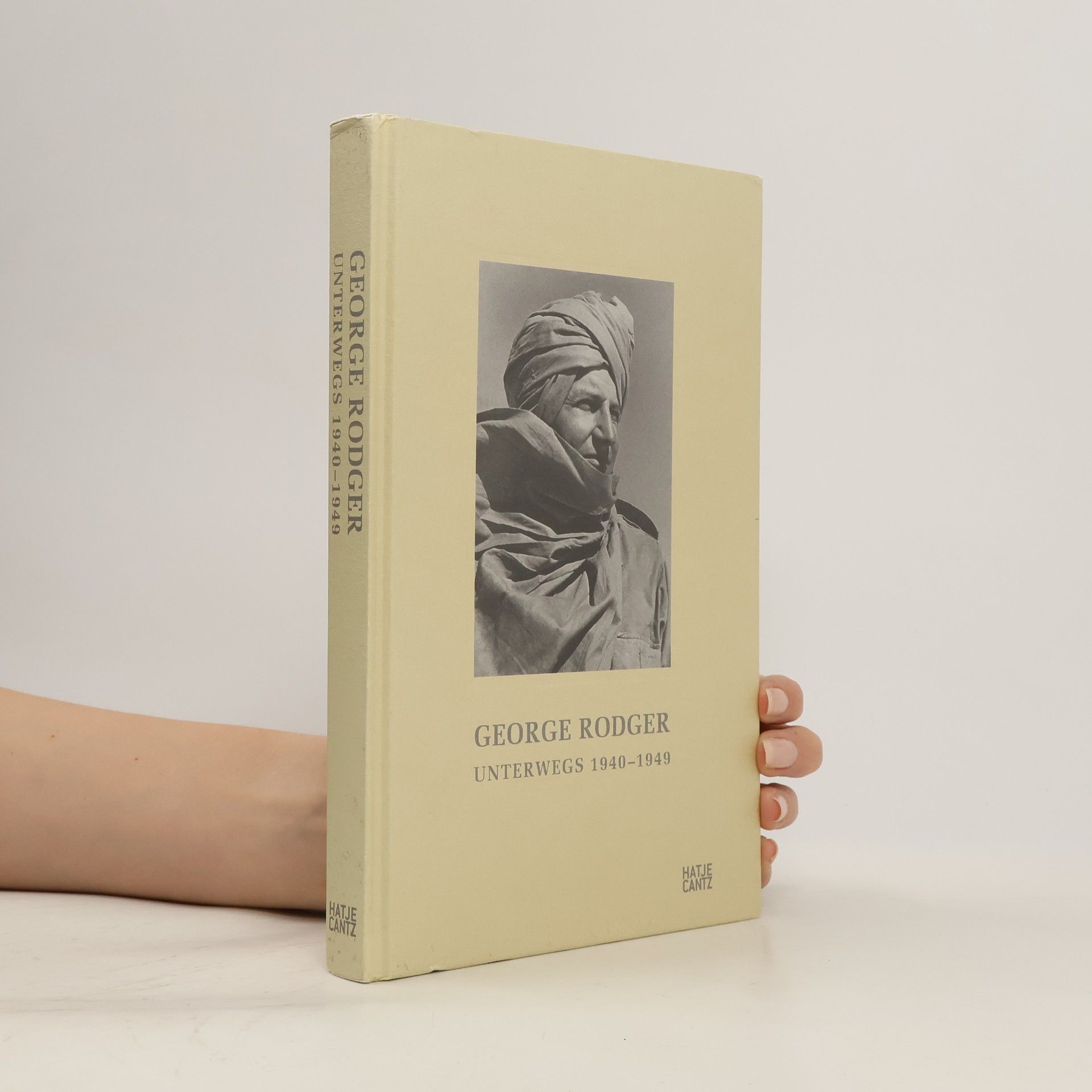Nuba & Latuka
- 112 pages
- 4 hours of reading
George Rodger, Mitbegründer der renommierten Agentur Magnum Photos arbeitete 1939 bis 1945 als Kriegsfotograf für das renommierte LIFE Magazin. Kurz nach Kriegsende ging er auf große Tour durch Afrika. Ab 1949 durfte Rodger als erster Ausländer die Nuba nicht nur besuchen, sondern auch das Leben und die Riten des sehr abgelegenen Stammes fotografieren. Sein legendärer Fotoband Le Village de Noubas erschien 1955 als Reisetagebuch mit Texten und Abbildungen in Schwarz-Weiß. Die Farbaufnahmen zu dieser unvergessenen Reise sind hier erstmals versammelt. Ein fotografischer Schatz von mehr als 40 Bildern, aufgenommen auf legendären Kodachrome-Filmen, ist dieses Buch eine wunderbare Neuentdeckung und die ideale Publikation zur Feier des 70. Gründungsjubiläums von Magnum.


